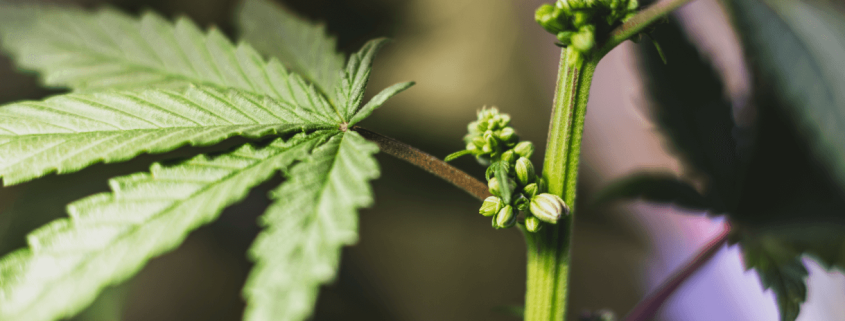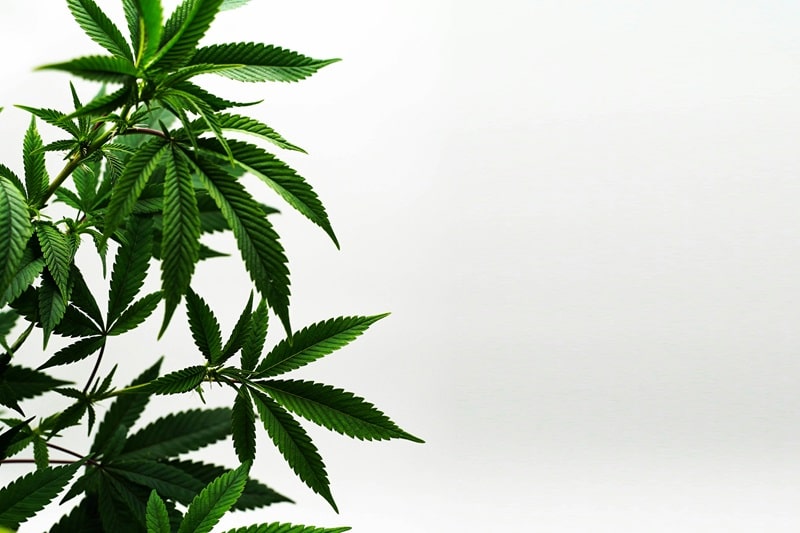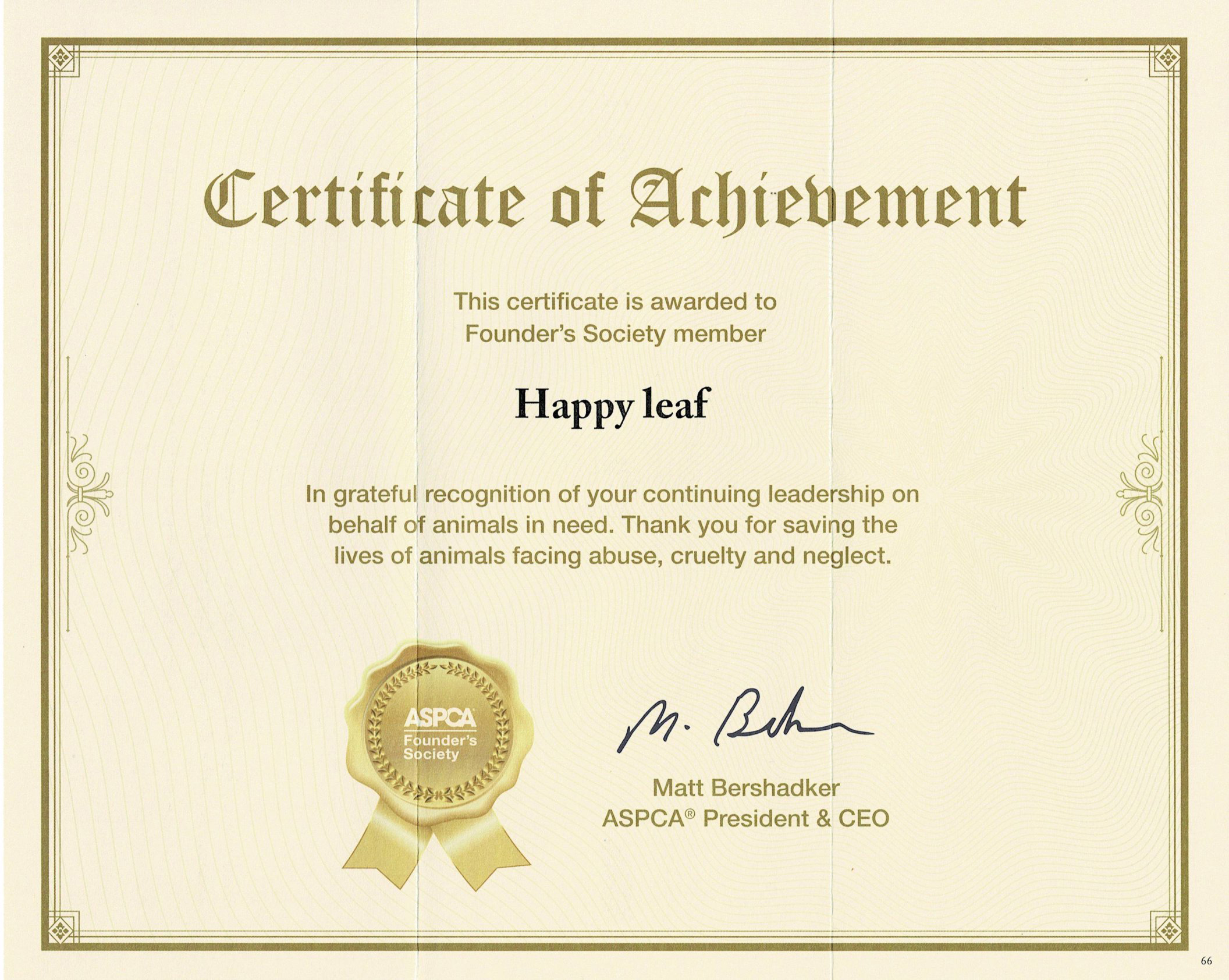Male Cannabis Plant: Everything You Need to Know
When you’re growing cannabis, understanding the difference between male and female marijuana plants is crucial. Male cannabis plants don’t produce the buds that most growers are after, but they play a key role in pollination. Knowing how to spot the early signs of male plants can help you manage your crop more effectively. This guide will help you learn how to identify male marijuana plants, explore the differences between male vs female cannabis, and decide whether to keep or remove them from your garden.
What is a Male Marijuana Plant?
A male marijuana plant plays a crucial role in the cannabis life cycle, but it’s often misunderstood by new cannabis growers. While female marijuana plants produce the buds used for consumption, male cannabis plants focus on reproduction. They grow pollen sacs that release pollen to fertilize nearby female plants, which leads to seed production.
Male and female cannabis plants look different early in their growth. Male plants typically grow taller and have fewer leaves compared to females. Their pollen sacs form during the flowering stage and are easily visible, hanging like small balls from the plant’s branches. Understanding how to identify these features is important because many growers remove males to prevent pollination and preserve the quality of the female’s buds. However, in some cases, keeping a male marijuana plant can be beneficial, such as when you want to breed or produce feminized seeds.
Male vs. Female Marijuana Plants
The difference between male and female marijuana plants is a key factor for successful cultivation. Male cannabis plants are primarily used for pollination, while female plants produce buds rich in cannabinoids, like THC and CBD, that are consumed. This difference makes it important for growers to identify and separate male and female marijuana plants early on, especially if they want to prevent pollination.
Here are some key differences:
- Physical characteristics: Males grow taller and have fewer leaves. Their pollen sacs are usually visible early in the flowering stage. On the other hand, female marijuana plants are bushier and produce pistils, the hair-like structures that eventually form the resinous buds.
- Pollination risk: If male marijuana plants are left in the garden with female plants, they will pollinate the females, resulting in seed production. This can reduce the quality and yield of the buds. Many growers prefer to remove male plants to avoid this issue, especially when the goal is to maximize bud production.
- Breeding: Keeping male cannabis plants is essential if you’re interested in breeding new strains or producing feminized seeds. Feminized seeds come from the careful pollination of female and male plants, ensuring that most offspring will be female, maximizing future bud production.
Recognizing the early signs of male plants, like the appearance of pollen sacs, is crucial. By knowing these differences between male vs female cannabis, you can make informed decisions about whether to remove or keep the male marijuana plants in your grow.
How to Identify Male vs Female Cannabis Plants?
Identifying male and female marijuana plants early on is crucial for a successful cannabis harvest. Male cannabis plants are responsible for pollination, while female plants produce the buds. If you’re growing for consumption, you’ll want to spot and remove male marijuana plants before they pollinate the females. Here are the key steps to identify them:
- Examine the Flowering Stage: During the flowering stage, male cannabis plants develop pollen sacs, which look like small, round balls. Female plants, on the other hand, develop pistils, hair-like structures that eventually form buds.
- Look for Early Signs: One of the early signs of male plants is that they grow taller and develop fewer leaves compared to females. They typically form clusters of pollen sacs where the branches meet the main stem.
- Check Leaf Structure: Male marijuana plants usually have fewer leaves than female plants and focus more energy on reproduction.
By spotting the early signs of male plants, you can manage your crop better and prevent unwanted pollination, which can lower the quality of the buds produced by female marijuana plants. For more information on growing cannabis in Portland, check out our guide on how to grow marijuana.
Physical Characteristics of Male Plants
Male cannabis plants are easy to identify once they start showing their distinctive traits. Here’s how you can recognize a male marijuana plant:
- Height and Structure: Males grow taller than females, with long, lanky stems. They are less bushy and have fewer branches.
- Pollen Sacs: The most defining feature of a male plant is its pollen sacs. These look like small, round balls that hang from the nodes (where the leaves and branches meet the stem). Once they mature, the sacs will open to release pollen and fertilize female marijuana plants.
- Leaf Count: Male and female plants differ in leaf structure. Male plants have fewer leaves and don’t focus energy on producing the sticky buds that females do.
In some cases, growers keep male plants for specific purposes like breeding or producing hemp fiber, which is useful for various industrial applications.
Physical Characteristics of Female Plants
Female marijuana plants are prized by most growers because they produce buds rich in cannabinoids like THC and CBD. Here’s how to identify them:
- Bushier Growth: Female cannabis plants are typically shorter and bushier than males. They have more branches and leaves, and their structure is optimized to support the growth of buds.
- Pistils: The main feature of a female plant is its pistils, which are hair-like structures that grow from the nodes. These pistils eventually turn into the buds that people grow for consumption.
- Buds Instead of Pollen: Unlike males, female marijuana plants don’t produce pollen sacs. Instead, they form resin-rich buds during the flowering stage. If males are present and allowed to pollinate females, the buds will produce seeds, reducing their quality and potency.
Knowing the difference between male and female marijuana plants is essential for maximizing your yield. Removing males early can help you grow high-quality, seedless buds from female plants.
The Role of Male Marijuana Plants in Cultivation
While female cannabis plants get most of the attention for producing the buds we consume, male marijuana plants play an important role in the lifecycle of the plant. Their main job is to produce pollen, which is crucial for seed production and breeding new strains. Although most growers remove male plants to avoid pollination, understanding their role in cultivation is key if you’re interested in creating new genetics or producing seeds for future crops.
Pollination and Seed Production
Pollination is how cannabis plants reproduce. During the flowering stage, male plants release pollen from small sacs, which fertilizes female cannabis plants. Once a female is pollinated, it shifts its focus from producing buds to developing seeds. This is important to consider if your goal is to create new plants, but it can be undesirable if you’re trying to produce high-quality, seedless buds (also known as “sinsemilla”).
Here are key points to understand about pollination and seed production:
- Male Cannabis Plants: Male plants grow taller and develop pollen sacs at the nodes. These sacs burst open during the flowering stage, releasing pollen into the air to fertilize nearby female plants.
- Female Cannabis Plants: When a female plant’s pistils come into contact with male pollen, the plant begins producing seeds. This process decreases the size and potency of the buds, which is why many growers prefer to remove male plants to avoid pollination.
- Breeding and Seed Production: If your goal is to breed new cannabis strains or produce seeds for future growing cycles, keeping female and male cannabis plants is essential. Controlled pollination between specific strains can lead to desired traits in the offspring, such as higher THC levels or increased resistance to pests.
The Impact of Male Plants on Cannabis Yields
Leaving male cannabis plants in your grow area can significantly reduce your overall yield and the quality of your buds. Here’s how:
- Reduced Bud Quality: Once a female cannabis plant is pollinated, it stops focusing on bud production and instead directs its energy toward producing seeds. This leads to smaller, less resinous buds with lower THC content.
- Fewer Buds: Pollinated female plants produce fewer flowers because their primary focus becomes seed production. As a result, your yield will decrease, and the buds you harvest will be less potent.
- Prevention of Pollination: To avoid this impact, many growers remove male plants as soon as they spot the early signs of male plants, such as the formation of pollen sacs. This helps prevent the marijuana plants male vs female pollination that reduces yield.
If you’re unsure whether to keep or remove male plants from your garden, consider the goals of your grow. For more advice, visit our Portland dispensary for expert guidance on managing your cannabis plants.
Should You Keep or Remove Male Marijuana Plants?
When growing cannabis, one big decision is whether to keep or remove male marijuana plants. While female plants produce the buds that most people want, male cannabis plants serve a purpose too. Deciding whether to keep or remove them depends on your growing goals. Let’s look at the pros and cons.
Benefits of Keeping Male Plants
Keeping male cannabis plants can be beneficial for some growers, especially if you’re interested in breeding or producing specific products. Here are a few reasons to keep them:
- Breeding New Strains: If you’re a grower who wants to create new cannabis strains, you’ll need both male and female plants. Controlled pollination can help you combine desirable traits from different plants, like stronger buds or pest resistance.
- Producing Seeds: If you want to grow cannabis from seeds rather than clones, you’ll need male plants to pollinate the females. This is especially important for producing feminized seeds, which are in high demand because they grow into female marijuana plants.
- Making Hemp Fiber: Male cannabis plants can be useful for producing hemp fiber, which is strong and used in a variety of products like textiles and rope.
If your goal is breeding or creating seeds, keeping male marijuana plants makes sense. However, it requires careful planning to avoid accidental pollination of female plants.
Risks of Keeping Male Plants
Although male cannabis plants can be helpful in some situations, most growers choose to remove them to avoid problems. Here are the risks:
- Pollination Reduces Bud Quality: If male and female cannabis plants are kept together, males can pollinate females. This will cause the female plants to produce seeds, reducing the quality of the buds. Seeded buds are less potent and not as desirable for consumption.
- Lower Yields: Once a female is pollinated, it shifts its energy from growing large buds to producing seeds. This results in smaller, less resinous buds, which means lower yields for growers looking to harvest high-quality, seedless buds.
- Harder to Control Pollination: Even a single male marijuana plant can pollinate many females if not managed properly. The pollen from male plants can travel through the air, so if you’re growing male vs female cannabis plants together, you’ll need to be extra careful about controlling pollination.
Most growers remove male plants as soon as they identify the early signs of male plants, like the development of pollen sacs. This helps ensure the best quality and quantity of buds. If you’re unsure whether to keep or remove male plants, feel free to contact us for expert advice on growing cannabis.
How to Identify and Use Male Cannabis Plants?
Identifying male cannabis plants is important for any grower. Male marijuana plants don’t produce the buds most growers are after, but they play a key role in pollination and seed production. Here’s how to spot them early and decide if you should keep or remove them:
- Early Signs: The early signs of male plants include tall, thin growth and fewer leaves than females. As they mature, they develop small pollen sacs where the branches meet the main stem. These sacs will open during the flowering stage to release pollen.
- Difference Between Male and Female Marijuana Plants: The difference between male and female marijuana plants becomes clear as they grow. Male cannabis plants focus on producing pollen, while females develop pistils and produce the resinous buds used for consumption.
- How to Use Male Plants: If you’re interested in breeding, you can use male plants to create new strains or produce feminized seeds. Additionally, male plants can be harvested for hemp fiber, which is useful for making things like rope and textiles.
Understanding the role of male and female plants helps you manage your grow and make decisions based on your goals, whether it’s producing buds or seeds.
Conclusion
Identifying and understanding the role of male cannabis plants is crucial for any grower. While male plants don’t produce the buds that most people seek, they serve an essential purpose in breeding and seed production. Knowing the difference between male vs female cannabis helps you decide whether to keep or remove them from your garden. Whether you aim to produce feminized seeds, use them for hemp fiber, or prevent unwanted pollination, recognizing the early signs of male plants is key to successful cultivation.

Ian Baker handles content marketing at Happy Leaf Portland. There are 5 years that he is deeply involved in the cannabis field. He had 3 years of experience as a Budtender and thanks to his desire to achieve more, he has a career move. Currently he works as a content manager.









